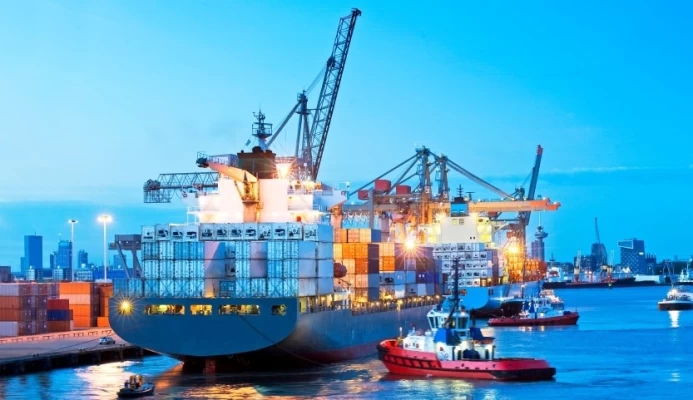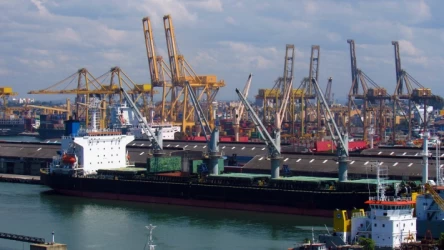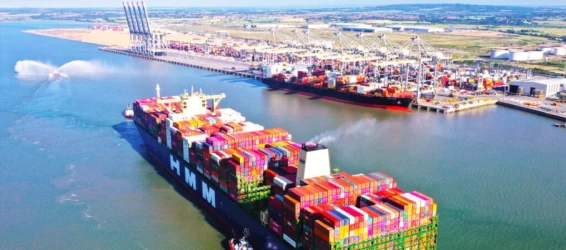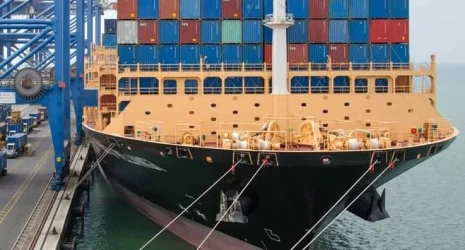Sea Transportation of Dangerous Goods from China to Iran
Sea transportation of dangerous goods from China to Iran is a complex and highly regulated process. Given the hazardous nature of these goods, it is crucial to adhere to strict international and national regulations to ensure safety and compliance. This article provides a comprehensive overview of the process, including the types of dangerous goods, regulatory requirements, packaging, and the logistics involved in transporting these goods by sea.
Types of Dangerous Goods
Dangerous goods are substances that pose a risk to health, safety, property, or the environment. They are classified into nine categories:
- Explosives: Fireworks, dynamite.
- Gases: Compressed gas, liquefied gas.
- Flammable Liquids: Gasoline, alcohol.
- Flammable Solids: Sulfur, magnesium powder.
- Oxidizers and Organic Peroxides: Sodium nitrate, peracetic acid.
- Toxic Substances: Arsenic, cyanide.
- Radioactive Materials: Uranium, cobalt-60.
- Corrosive Substances: Sulfuric acid, sodium hydroxide.
- Miscellaneous Dangerous Goods: Lithium batteries, magnetic materials.
Regulatory Requirements
Transporting dangerous goods involves complying with various international regulations, such as the International Maritime Dangerous Goods (IMDG) Code, which sets standards for the safe transportation of dangerous goods by sea. Additionally, both China and Iran have their own national regulations that must be adhered to.
- IMDG Code: Provides guidelines on classification, packaging, labeling, and documentation.
- Chinese Regulations: Include specific requirements for the export of dangerous goods.
- Iranian Regulations: Focus on the import and handling of dangerous goods within the country.
Packaging and Labeling
Proper packaging and labeling are critical to ensure the safe transportation of dangerous goods. Packaging must be robust enough to withstand the rigors of sea transport and prevent any leakage or spillage. Labels must clearly indicate the type of dangerous goods and include hazard symbols as specified by the IMDG Code.
- Packaging: Must meet the standards set by the IMDG Code and be approved by relevant authorities.
- Labeling: Must include hazard symbols, UN numbers, and handling instructions.
Logistics and Shipping Process
The logistics of transporting dangerous goods from China to Iran involve several steps, from selecting a reliable freight forwarder to ensuring compliance with all regulatory requirements.
- Choosing a Freight Forwarder: Select a freight forwarder experienced in handling dangerous goods. They will manage the logistics, including documentation, packaging, and transportation.
- Documentation: Ensure all necessary documents, such as the Dangerous Goods Declaration, are accurately completed and submitted.
- Loading and Transport: Dangerous goods must be loaded onto the vessel following strict safety protocols. The shipping route typically involves major Chinese ports like Shanghai and Iranian ports such as Bandar Abbas.
Challenges and Considerations
Transporting dangerous goods by sea presents several challenges, including:
- Regulatory Compliance: Ensuring compliance with both international and national regulations.
- Safety: Managing the inherent risks associated with dangerous goods.
- Environmental Impact: Minimizing the environmental impact of transporting hazardous materials.
Conclusion
Sea transportation of dangerous goods from China to Iran is a meticulous process that requires strict adherence to regulations and careful planning. By understanding the types of dangerous goods, regulatory requirements, packaging standards, and logistics involved, businesses can ensure the safe and efficient transport of these materials.
if you have a specific question or need more details, Iran's logistics experts are your answer!











